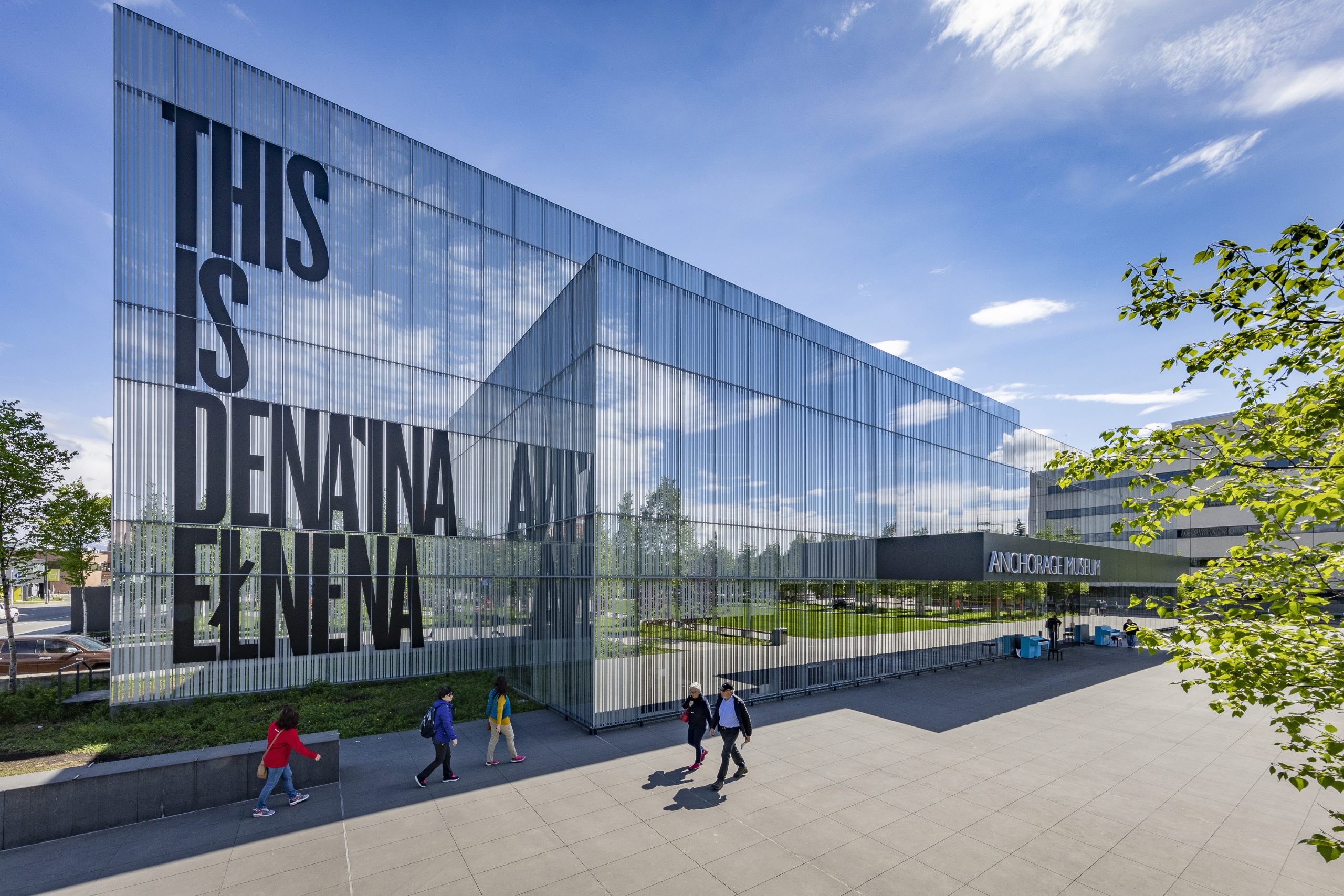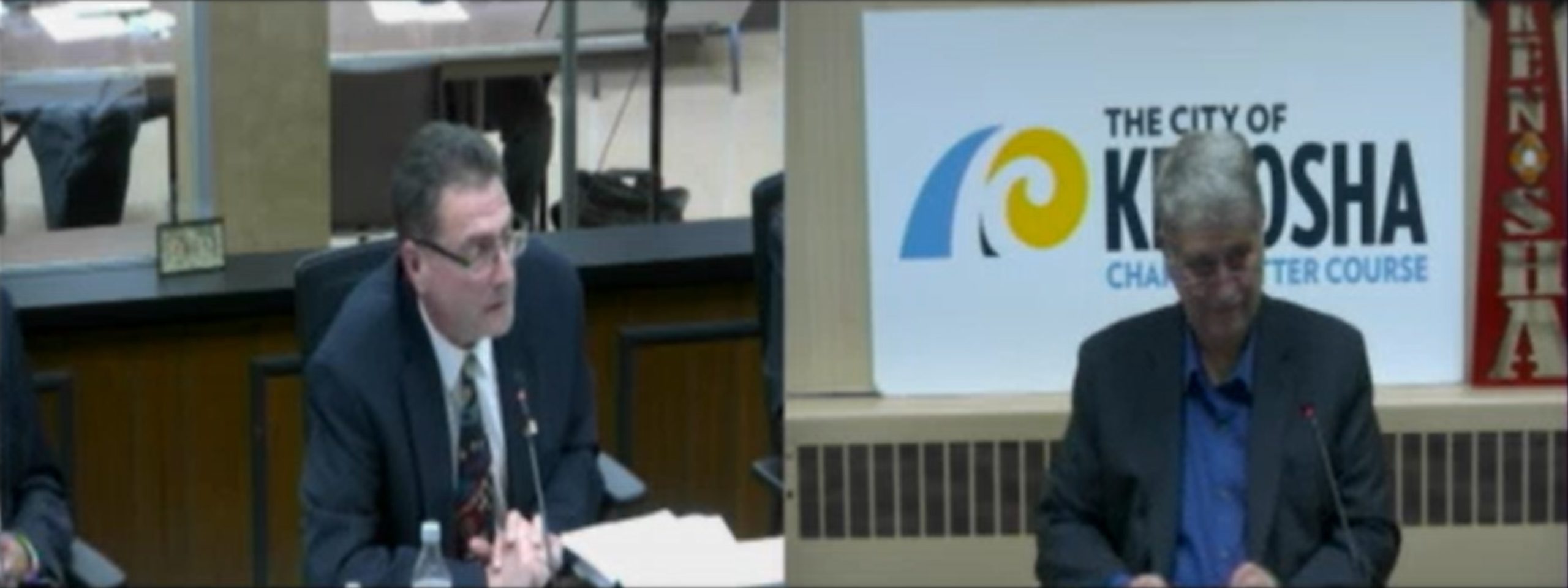Podcast: Play in new window | Download | Embed
Guatemala has a new president, despite efforts by the government system, which tried to prevent Bernardo Arévalo from taking office.
He was sworn in this week, elected in August, with heavy support of Indigenous groups across the country, but his win was followed by months of electoral drama.
Indigenous people have backed the reformist. They even held protests and blockades.
Arévalo campaigned in heavily Indigenous areas, calling for an end to racism and marginalization of Maya and other Indigenous people.
In August, Maya anthropologist Irma Alicia Velasquez Nimatuj shared perspective.
She says Indigenous people have high hopes for a different country where Maya and other Indigenous groups are not treated as second-class citizens.
“So, this is the opportunity to change the reality, to stop the migration to the United States. This is also a special moment for Indigenous women. Indigenous women in Guatemala have been working very hard for justice.”
In his inauguration speech, President Arévalo acknowledged the country’s Indigenous people.
The Associated Press reports Indigenous leaders are urging him to not forget about the support they’ve shown and to keep promises to provide basic needs to their people.
 For Alaska State Troopers and other police departments across the north, the fur trapper hat is iconic.
For Alaska State Troopers and other police departments across the north, the fur trapper hat is iconic.
The State Department of Public Safety buys about 50 of them a year and is looking for a new supply.
As Rhonda McBride from our flagship station KNBA reports, the department put out a request for proposals for hats with some very specific requirements.
For Alaska State Troopers, the fur trapper hat is more than just head cover.
“Our uniform is rich in history and has a lot of meaning throughout the state.”
Austin McDaniel, the Communications Director for the Department of Public Safety says the fur hats have been part of the uniform for decades.
“So we’re looking for a black hat that’s made of otter or beaver fur, skull cap, and ear covers that are insulated up to -40 F.”
The hats must also be fleece-lined, both windproof and waterproof, and unisex. McDaniel says about half of the troopers prefer to have them locally made.
 Earl Samuelson (Yup’ik), a retired trooper pilot from Napaskiak, says after more than three decades with the department, he went through about five hats.
Earl Samuelson (Yup’ik), a retired trooper pilot from Napaskiak, says after more than three decades with the department, he went through about five hats.
He still volunteers for the Bethel Search and Rescue team, so a good hat is still important.
“You gotta have an extreme cold weather hat. Otherwise, after a day riding a snow machine trail on the frozen Kuskokwim River, you can run into trouble. You don’t have the correct hat or equipment? Yeah, you can freeze your ears.”
Samuelson says most of his hats, which are called “malagg’aayaqs”, have been made by family, so they fit perfectly.
They know that the tiniest leak can lead to frostbite.
Samuelson says troopers want that same snug fit, so they often turn to Native skin sewers.
He also believes the hats are a source of pride for troopers.
“People will ask you, well, who made your cap? And you will say so and so, so and so.”
Samuelson says most troopers prefer seal skin hats, because they’re light, yet still warm and waterproof. But he believes beaver fur provides the best protection.
As for the state, its request for proposals has an unusual provision.
It wants prospective hat makers to send two samples, subject to a 15-day test.
Bids to make the hats closed on Friday.

Courtesy “Finding Your Roots” / Facebook
Cherokee actor Wes Studi is a guest on the PBS television show Finding Your Roots.
The episode “Fathers and Sons,” airs Tuesday night with Studi and actor LeVar Burton.
Both men grew up without their fathers and have questions about their family trees.
Finding Your Roots is in its 10th season, hosted by Professor Henry Louis Gates, Jr.
The show uses DNA technology and detective work to help guests learn about their family’s past, often answering decades-old questions, uncovering mysteries, and telling stories of unknown ancestors.
New Year. New Newsletter. Get National Native News delivered to your inbox daily and stay up-to-date on the 2024 Native Vote. Sign up for our daily newsletter today.












 Gubatayao talks openly about her journey to help others saying it’s not something to ignore or hide.
Gubatayao talks openly about her journey to help others saying it’s not something to ignore or hide. It may be hard for Alaska Native communities to confront some of these tough issues, but Tlingit and Haida Indian Tribes of Alaska President Richard (Chalyee Éesh) Peterson says it’s needed.
It may be hard for Alaska Native communities to confront some of these tough issues, but Tlingit and Haida Indian Tribes of Alaska President Richard (Chalyee Éesh) Peterson says it’s needed. The Common Council in Kenosha, Wisc., has okayed an agreement with the Menominee Nation, helping the tribe with its eventual goal of building a casino and entertainment complex in the city.
The Common Council in Kenosha, Wisc., has okayed an agreement with the Menominee Nation, helping the tribe with its eventual goal of building a casino and entertainment complex in the city.



 This year, for the first time, the parade will feature the Rocky Mountain Indigenous Dancers.
This year, for the first time, the parade will feature the Rocky Mountain Indigenous Dancers.